Museum of Cham Sculpture
Home to the world's largest collection of ancient Champa's sculptural works, featuring many Hindu and Buddhist deities.
Champa is an ancient kingdom that flourished for many centuries in today’s central and southern Vietnam, from around 192 to 1832. Its culture was massively influenced by Hinduism, which it adopted around the 4th century.
In the city of Da Nang, popular for its resorts and its proximity to the UNESCO World Heritage sites of Hoi An Ancient Town and the My Son Sanctuary, stands an old-school museum dedicated to the sculptural art of Champa, home to the world’s largest collection of its kind.
Founded in the late 1910s by notable French archaeologist Henri Parmentier, the Museum of Cham Sculpture boasts thousands of ancient statues, temple pedestals, and other artifacts collected from the remains of Champa around Da Nang and beyond, such as Mỹ Sơn and Trà Kiệu to name a few.
Beautifully sculpted, the ancient statues represent the diverse pantheon of Hindu mythology and Buddhism in a style unique to Cham art. Here, visitors find such deities as Shiva, Brahma, Lakshmi, Ganesha and Garuda, as well as the Apsaras, Yakshas, Dvarapalas, Boddhisattvas, and the Buddha. There are also depictions of human activity in antiquity, including horsemen playing polo and wrestlers engaging in a match.
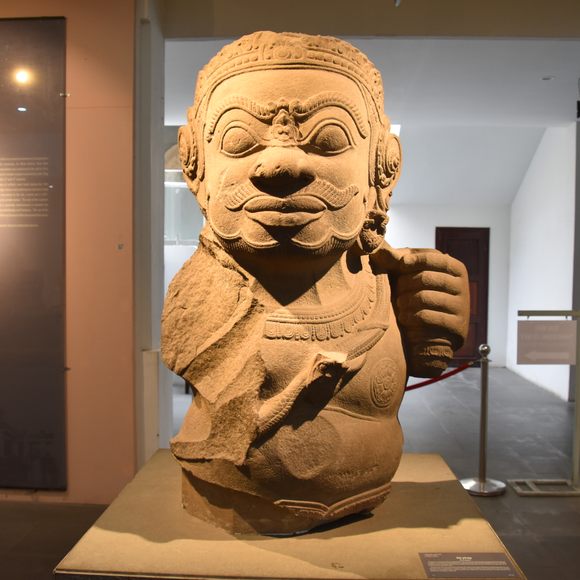

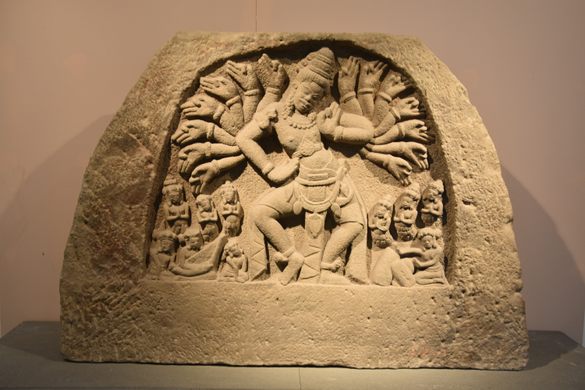
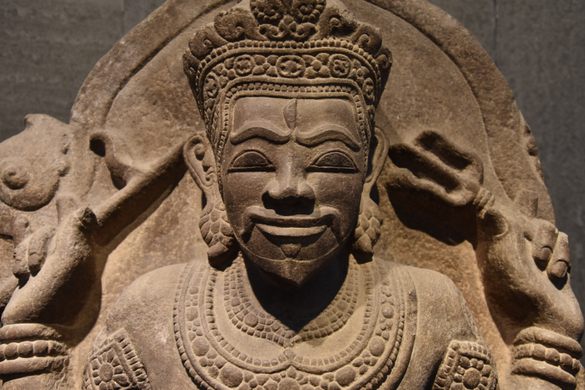
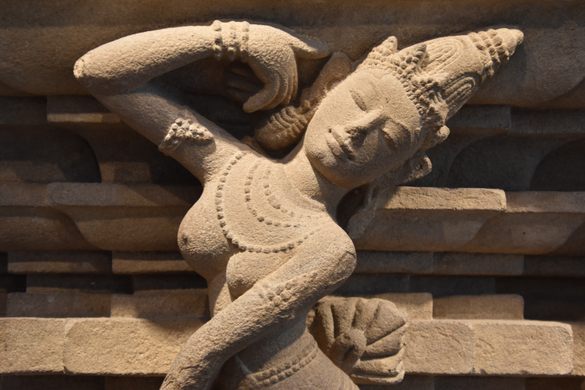


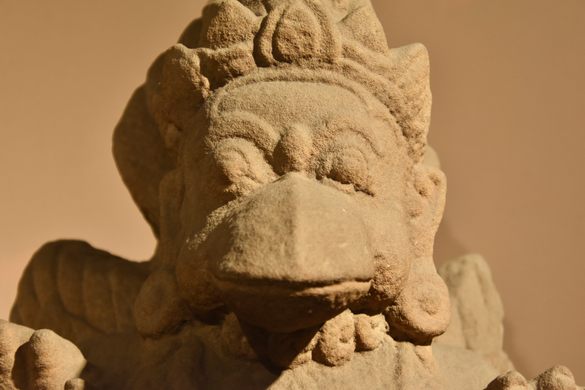
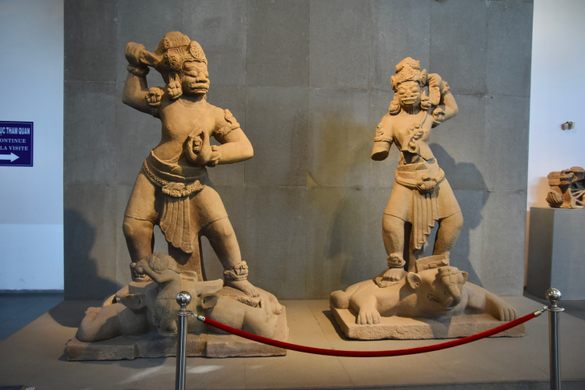
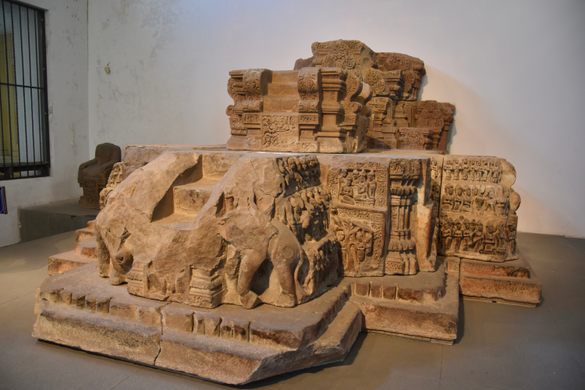
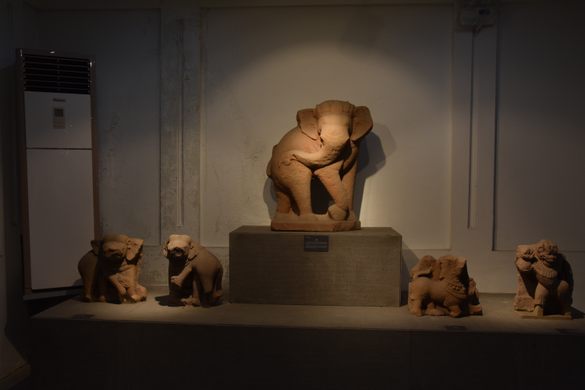
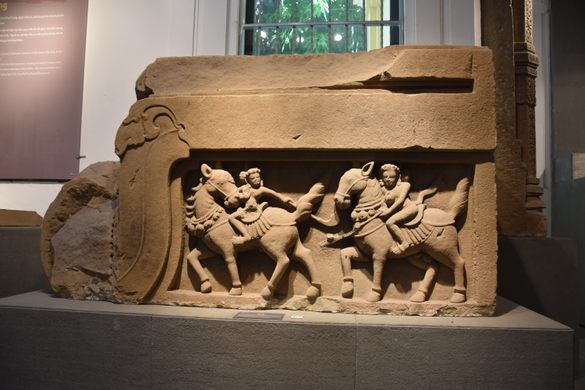
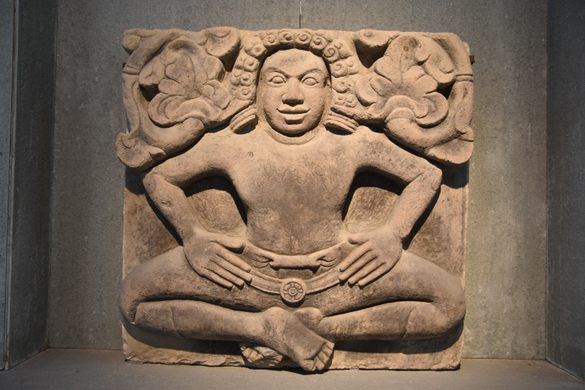



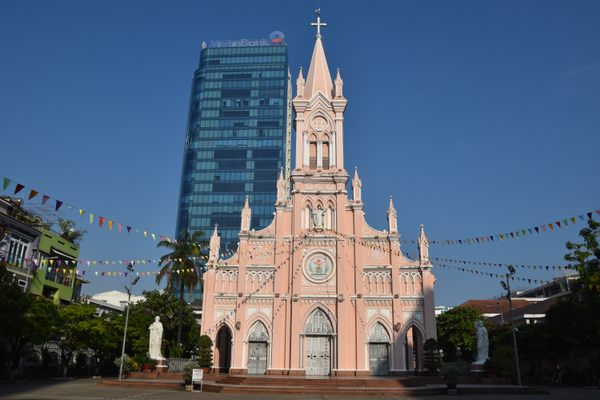
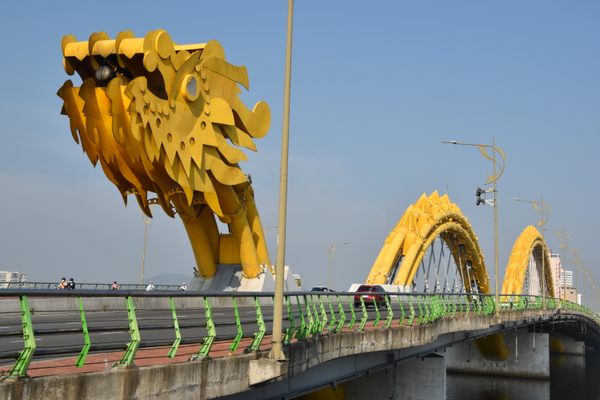





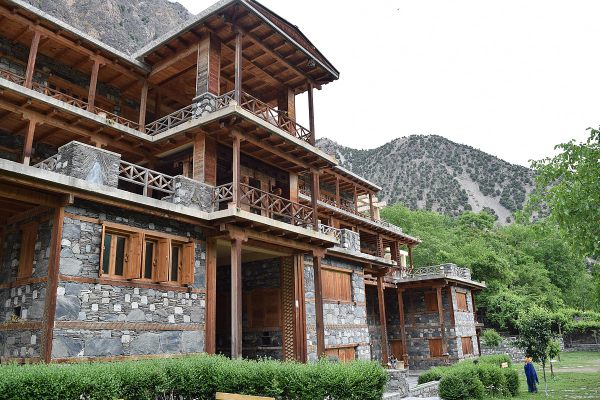

Follow us on Twitter to get the latest on the world's hidden wonders.
Like us on Facebook to get the latest on the world's hidden wonders.
Follow us on Twitter Like us on Facebook